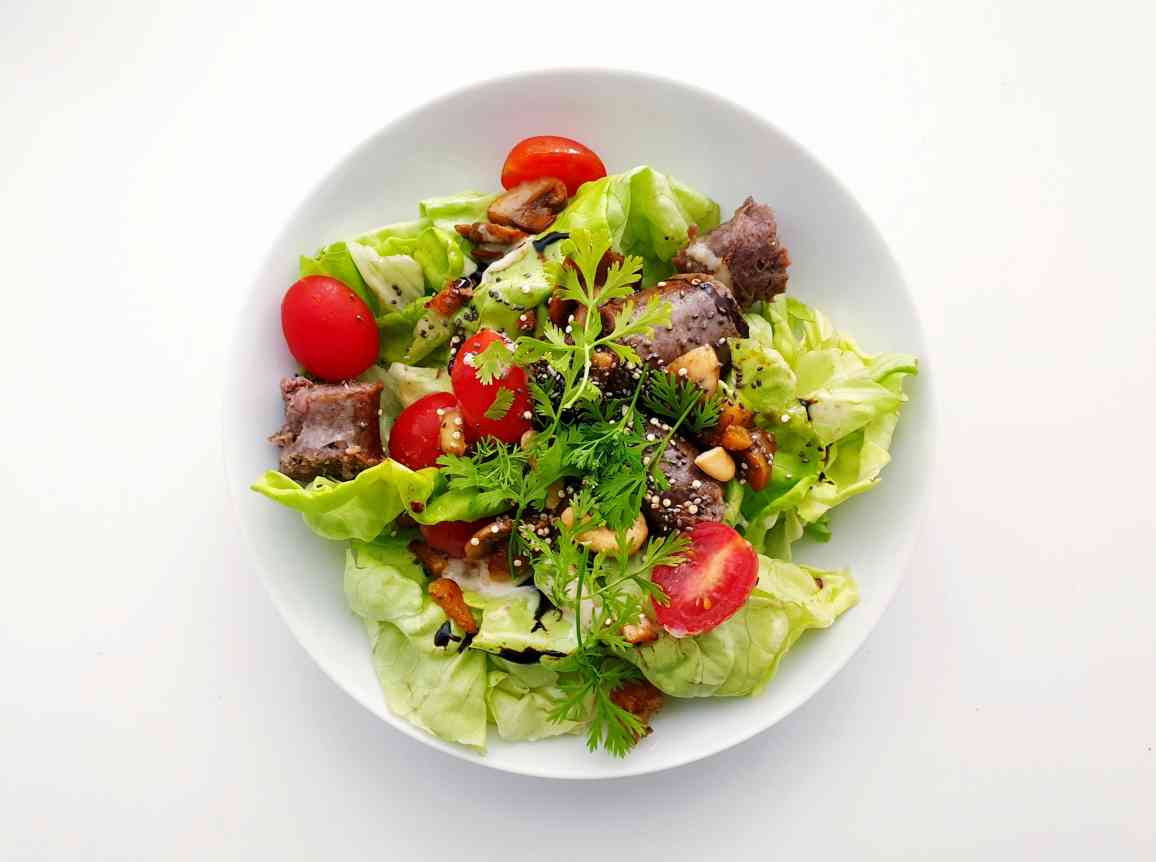One of the keys to loving your salads is to embrace variety and color. A colorful salad is not only visually appealing but also packed with a wide range of nutrients. When creating your salad, think of it as a canvas where you can mix and match a rainbow of ingredients. Incorporate different colored vegetables like red peppers, carrots, broccoli, and cherry tomatoes.
Add fruits like strawberries, blueberries, or oranges to infuse a burst of sweetness. So, stick to the 3 patti combination.
Texture is the Key
Salads can be more than just a bowl of lettuce. Texture is the secret ingredient that can elevate your salad experience. Include crunchy elements like nuts, seeds, croutons, or crispy bacon bits to contrast with the softness of the vegetables. Creamy components like avocado, feta cheese, or a dollop of Greek yogurt can provide a luxurious mouthfeel. Combining various textures in your salad can make each bite exciting and enjoyable.
Also Read: Underwater Photography Techniques and Gear
Think Beyond Leafy Greens
While leafy greens are the foundation of most salads, don’t limit yourself to just lettuce. Experiment with different greens like spinach, arugula, kale, or Swiss chard to add depth and flavor to your salad. Consider using grains like quinoa, bulgur, or couscous as a base to create heartier salads. These grains not only add substance but also make your salad more filling.
Balance Flavors
A well-balanced salad is a delight to the taste buds. To achieve this balance, consider the four primary flavor components: sweet, salty, sour, and bitter. Incorporate sweetness with fruits like apples, grapes, or dried cranberries. Add salty elements like olives, feta cheese, or a sprinkle of sea salt. Enhance the sourness with a zesty vinaigrette or citrus-based dressing. Bitterness can come from greens like arugula or endive, which add complexity to your salad.
Create Your Signature Dressing
The dressing is the soul of your salad, and creating your own signature dressing can make all the difference. Experiment with different combinations of olive oil, vinegar, citrus juice, honey, herbs, and spices to craft a dressing that suits your taste. Homemade dressings not only taste better but also allow you to control the ingredients, making your salads healthier.
Add Protein
For a satisfying and filling salad, incorporate protein sources that align with your dietary preferences. Grilled chicken, tofu, chickpeas, beans, or even quinoa can serve as excellent protein options. Protein not only adds substance to your salad but also keeps you feeling fuller for longer, making it a perfect choice for a hearty meal.
Mix Fresh and Cooked Ingredients
To enhance the overall flavor and warmth of your salad, don’t shy away from incorporating cooked ingredients. Grilled vegetables, roasted sweet potatoes, or sautéed mushrooms can add depth and richness to your salad. Combining fresh and cooked elements creates a harmonious balance between raw crunchiness and comforting warmth.
Garnish with Fresh Herbs
Fresh herbs are the secret weapon to elevate your salads to the next level. Sprinkle chopped basil, cilantro, parsley, or mint over your salad to infuse it with a burst of aromatic flavors. Herbs not only enhance the taste but also contribute to the vibrant visual appeal of your dish.
Experiment with Ethnic Flavors
Explore global cuisines to infuse excitement into your salad routine. Incorporate ingredients and spices from different cultures to create unique flavor profiles. For instance, add chickpeas, cucumbers, and tahini dressing for a Mediterranean-inspired salad, or include edamame, sesame seeds, and ginger dressing for an Asian twist.
Also Read: The Rise of Indie Films and Their Impact on the Film Industry
Mindful Eating
Lastly, loving your salad is not just about what’s in it but also how you eat it. Practice mindful eating by savoring each bite, appreciating the flavors and textures. Take your time to enjoy your salad, and you’ll find that you not only eat more slowly but also savor the experience more fully.

